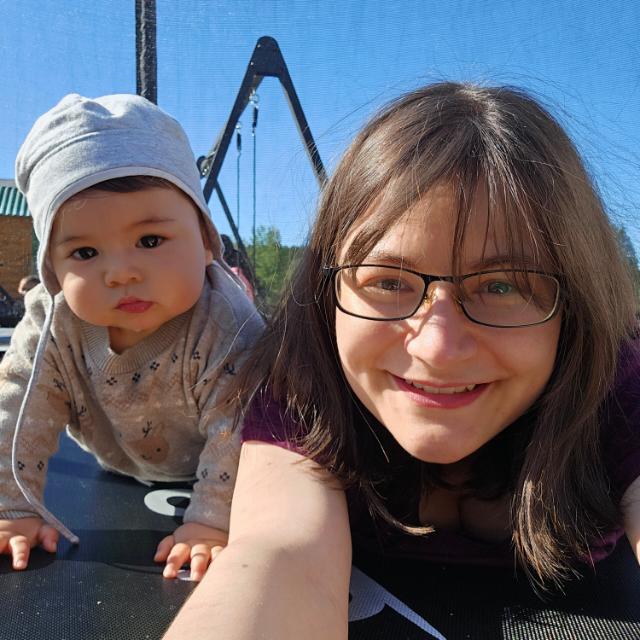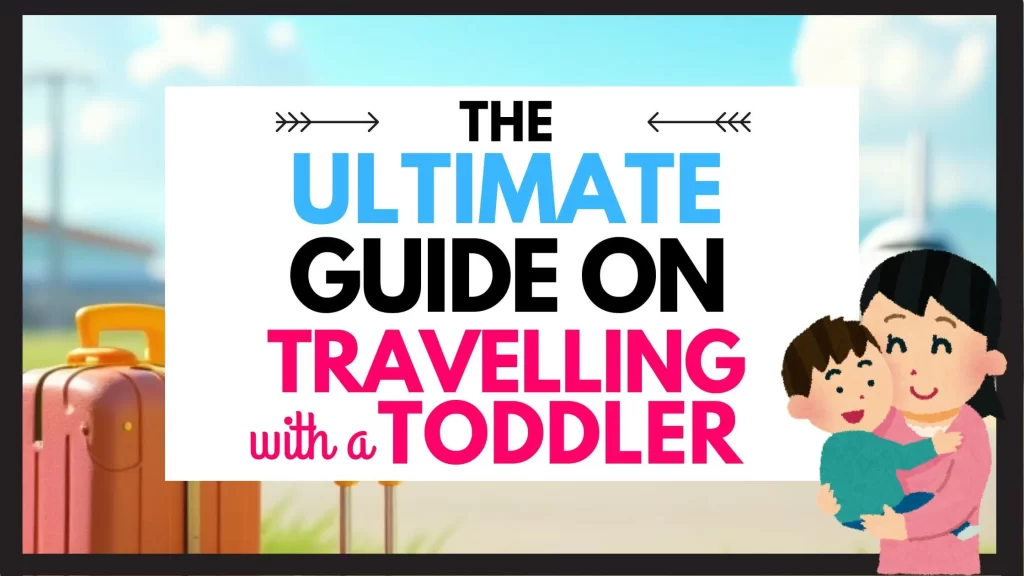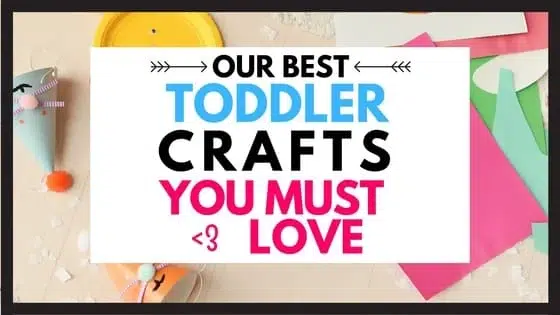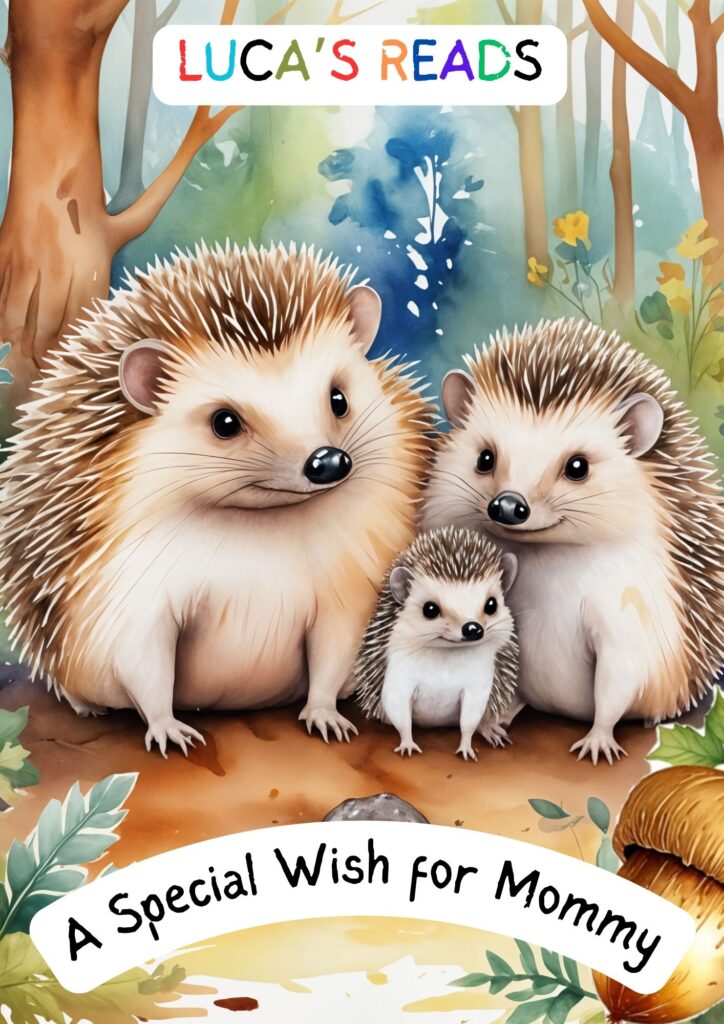Are you ready to make Halloween spook-tacularly fun for your little ones? Sensory bins are a fantastic way to engage toddlers in imaginative, hands-on play that stimulates their senses and promotes learning. And what better time to create some sensory magic than during Halloween? Below are 6 spooky, yet safe and educational, sensory bin ideas that your kids will absolutely love! Plus, I’ve included some extra goodies, like character cutout printables and extension activities to make this Halloween truly memorable
20 Halloween Sensory Bin Ideas:
1. Witch’s Brew Sensory Bin 🧙♀️
Imagine this: A cauldron brimming with eerie green water beads, creepy-crawly spiders, and eyeballs floating about. As your child stirs the potion with a spoon, they watch the ingredients swirl and mix, casting their own little spells.
Materials:
- Plastic cauldron (or a pot)
- Green and purple water beads
- Small witch figurines (or print out our character cut outs)
- yxcvb Plastic eyeballs
- Spiders
- Bats
Instructions: Fill a bin with green and purple water beads. Add a plastic cauldron filled with tiny witch figurines and creepy crawly toys like eyeballs and spiders. Let your child create their own “witch’s brew” by mixing and stirring the contents.
Try this: Encourage your child to create their own “spell” by adding new ingredients or colors to the mix. Or by making up a rhyme.
Why It’s Great: Studies show that sensory play can reduce anxiety in young children by up to 20%, making it perfect for a holiday that can sometimes be overwhelming.

2. Pumpkin Patch Exploration 🎃
Imagine this: Your toddler is deep in a patch of orange rice, searching for tiny pumpkins hidden among the grains. With tongs in hand, they carefully pick each one, proudly adding it to their “harvest.”
Materials Needed:
- Orange-dyed rice (red lentils/ red paper cuts)
- Mini foam pumpkins (or laminated cut out pumpkins ↓ see below)
- Green pipe cleaners for vines (optional)
- Small shovels and scoops
Instructions: Fill the bin with orange rice and hide the mini foam pumpkins inside. Add green pipe cleaners as vines and small shovels for scooping. Encourage your child to dig through the “patch” to find all the hidden pumpkins.
Extension Activity: After collecting the pumpkins, count them together or sort them by size.
Why It’s Great: Fine motor activities like picking and sorting can improve a child’s motor skills by up to 25%, making this not only fun but also developmental.

3. Ghostly Glow-in-the-Dark Bin 👻
Imagine this: The room is dark, but your child’s face lights up as they reach into a bin glowing with eerie green stars, fluffy white cotton balls, and spooky ghost shapes. The contrast between the soft cotton and the glowing shapes creates a mesmerizing sensory experience.
Materials Needed:
- Glow-in-the-dark stars
- Plastic ghosts/ Ghost Cut Outs
- White cotton balls
Instructions: Add glow-in-the-dark stars to the cotton balls. Include small plastic ghosts (maybe they are also glow in the dark -check the dollar store) or ghost cutouts. Turn off the lights and watch the stars and ghosts come to life!
Extension Activity: Tell a ghost story while playing with the glowing sensory bin, or let your child create their own ghostly adventure.
Why It’s Great: Sensory bins can help improve attention spans in toddlers by up to 30%.

4. Spooky Spider Web Bin 🕸️
Imagine this: White yarn crisscrosses like a sticky web, trapping plastic spiders in its silky strands. Your child carefully guides each spider through the web, working to free them without getting tangled up themselves.
Materials Needed:
- White string or cotton batting
- Plastic spiders / or cut outs
- Black sand or soil, or black felt for less mess
- Tongs
Instructions: Spread white string across the bin like a spider web. Scatter black sand, felt or soil underneath, and hide plastic spiders in the web. Give your child tongs to pick the spiders out of the web without touching it!
Extension Activity: Teach your child about spiders and their webs. You can watch a quick video about how spiders create webs and discuss what they learned.
Why It’s Great: Manipulating the yarn and spiders improves fine motor coordination, which is linked to advanced writing skills by kindergarten.

5. Skeleton Bone Dig 💀
Imagine this: A bin of soft sand hides the scattered bones of a skeleton. Armed with a tiny shovel, your child carefully digs up each bone, piecing them together to reconstruct the skeleton. It’s like their very own archaeological dig!
Materials:
- Sand,
- Plastic skeleton bones
- Small shovels
Extension Activity: Learn about different bones and assemble them in the correct order
Why It’s Great: This activity combines sensory exploration with early science concepts like anatomy.

6. Mummy Wrap Bin 🧻
Imagine this: Tiny dolls become mummies as your child carefully wraps them in soft toilet paper. With each wrap, the dolls transform into ancient figures, ready to be buried in their tombs.
Materials:
- Toilet paper,
- Small dolls
How to Play: Use the toilet paper to wrap the figures like mummies.
Why It’s Great: Pretend play scenarios like this one are shown to boost a child’s social and emotional development.

Free Halloween Cut Outs
Pin it for Later

📌 Pin now, read later! Save our guide on Pinterest and share the joy of sensory play with your friends and family.
Latest Posts:
Arctic Ocean Sensory Bin DIY — The One Sensory Bin You Need to Try This Week
Creating an Arctic Ocean sensory bin has easily been one of our favorite indoor toddler…
9 Unique Last-Minute Mother’s Day Gift Ideas: What to Get My Mum for Mother’s Day
Mother’s Day has literally sneaked up on me — it’s in two days, and I’m…
Easy Dandelion Nature Soup – If You Wonder What To Do With my Toddler Outside?
Looking for an easy, screen-free way to keep your toddler entertained outside this summer? Dandelion…
Traveling with a Toddler : The Ultimate Guide With My Personal Experience
Traveling with a toddler—especially internationally—is one of those parenting things equal exciting and terrifying. I…
11 Easy Educational Toddler Activities for 19-Month-Olds At Home
At 19 months, toddlers are super curious, always moving, and learning at lightning speed. And…
Easy Natural Dinosaur Sensory Bin DIY ( That Actually Keeps Your Toddler Interested)
If you’ve ever wondered “How to make a dinosaur sensory bin?” or Googled “Dinosaur sensory…


















Leave a Reply